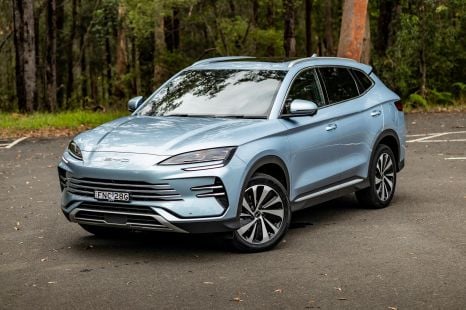

Josh Nevett
CarExpert's top five mid-size SUV reviews of 2025
2 Hours Ago

Journalist
Toyotas haven’t always been the most exciting vehicles on the road, but some have transformed the automotive landscape.
That list surely includes the original Lexus LS, the Prius, and, of course, the Corolla.
But what really sets the RAV4 apart from these Toyotas is the fact it created a class of car which took over the world: the crossover.
Prior to the introduction of the RAV4, you had cars – hatchbacks, wagons, sedans, coupes and convertibles – and four-wheel drives: taller three and five-door wagons with a separate body and chassis.
While some four-wheel drives became ‘Toorak Tractors’, never going anywhere muddier than a soccer parking lot, they were lumbering beasts with a commensurate thirst and capabilities more geared towards tackling the outback than the suburbs.
When the RAV4 came onto the scene, it mixed fun and youthful styling, handy sight lines over most other vehicles, and a dash of off-roading ability.
All of this in a small, economical package, with on-road handling that was more Celica than LandCruiser.
While the RAV4 easily exceeded its anticipated sell rate, most manufacturers didn’t jump on the high-riding wagon craze until the late ’90s and early ’00s when vehicles such as the Ford Escape, Mazda Tribute, Nissan X-Trail, and Pontiac Aztek began appearing in showrooms.
Aside from the Honda CR-V, Land Rover Freelander, and Subaru Forester, the RAV4 had the market largely to itself for its first generation.

Even when competitors began selling their own crossovers, many only had one in their lineup. It wasn’t until the late 2000s and early 2010s before some marques really began to diversify their crossover ranges.
Now we live in a world where some manufacturers have all but given up on selling traditional sedans, hatches and wagons. Ford, General Motors, and Fiat Chrysler are abandoning traditional body styles – with one or two exceptions – in the USA.
While more spacious and easier to load the kids into than a traditional car of the same size, the crossover, with its hint of go-anywhere ability, has also sent sales of the most family-friendly vehicle type – the people mover – into free fall in Europe and the USA.


Debuting at the 1989 Tokyo motor show during the height of Japan’s real estate-fuelled bubble economy, the RAV-Four concept (above) mixed car-like construction with four-wheel drive styling.
There are clear similarities between the concept and the production RAV4, especially the grey plastic lower body treatment, rear windows, and B-pillar design.
Unlike the factory-ready model, the RAV-Four had a more obvious off-road bias with knobbly tyres, exposed bash plates, and slimmer bumpers.
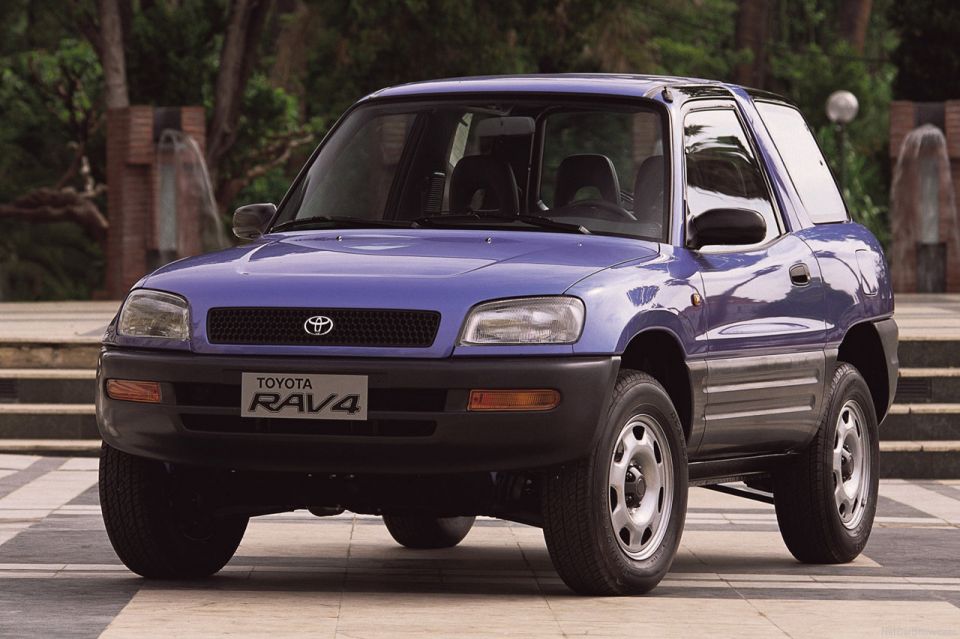
While today’s RAV4 is a family-friendly hauler measuring just shy of 4.6m long, the original was launched purely as a three-door measuring about 3.74m from bumper to bumper.
To put it into perspective, that’s only about 130mm longer than the 2001 New Mini. A five-door model was launched in Japan in 1995, and soon made its way to other markets.
Fun fact: Toyota introduced a front-wheel drive version of the RAV4 in 1992.
Given RAV4 stands for Recreational Activity Vehicle with four-wheel drive, the new variant should really have been christened RAV2.
Sadly, most RAV4s remain misnamed to this day.
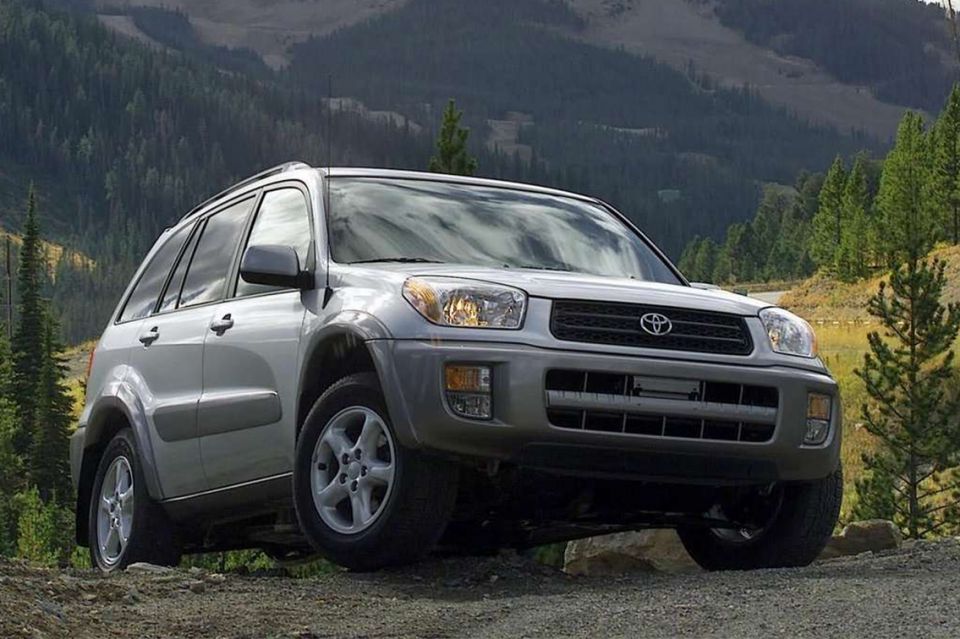
The RAV4 grew a bit for the new millennium, but with the three-door model measuring 3.9m long it was still positively tiny by today’s standards.
Even the five-door was only 4.2m long, making it 100mm shorter than the current C-HR.
For fans of the original concept, the second-generation car was the last time the RAV4 was available as a three-door model. Alfresco motoring was taken off the table, though – the three-door cabriolet was axed.
Fun fact: During this period Toyota Australia had a spokesanimal for many of its important model lines.
The RAV4 was represented by a group of too-cool-for-school camels, while the Corolla had a bull and, most famously, the Camry relied on a family of chickens.
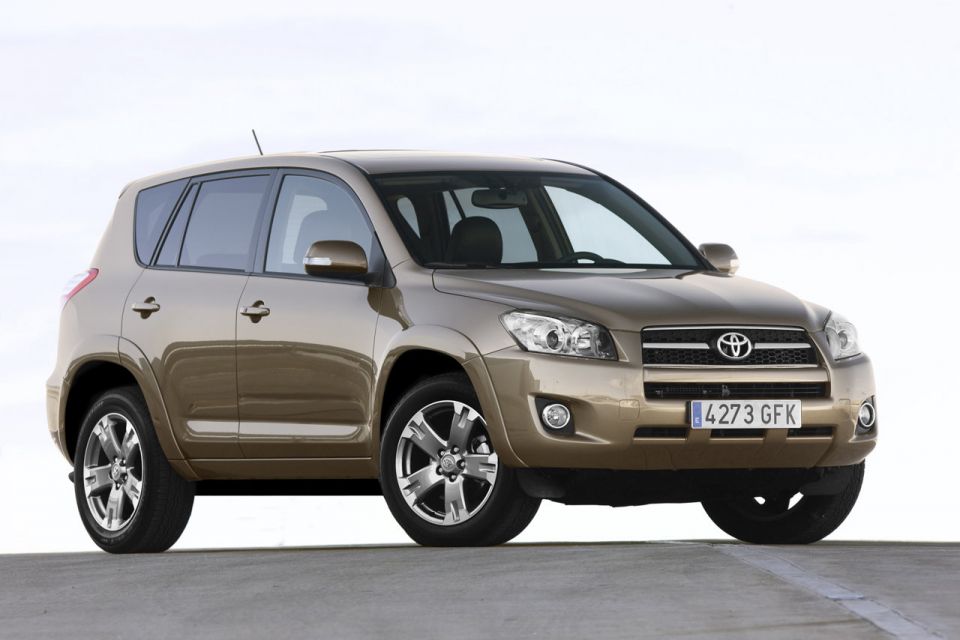
While this model kept some styling cues from the first-generation model, the focus had clearly shifted from cute crossover with a dash of off-road ability to family-friendly conveyance.
This generation was available in either short or long wheelbase forms, with Europe and Japan retailing the former, and the USA, Australia, and Japan receiving the latter.
Other unique features available in this RAV4 included the Camry’s 3.5-litre V6 with 200 killer wasps, and a third row of seats in long wheelbase models. It was the last RAV4 available with a side-hinged tailgate, too.
Fun fact: Toyota and Tesla worked together on an electric version of the RAV4, but only a few thousand were made and sold in California. The car used a Toyota body, but packed a Tesla motor and battery under the skin.
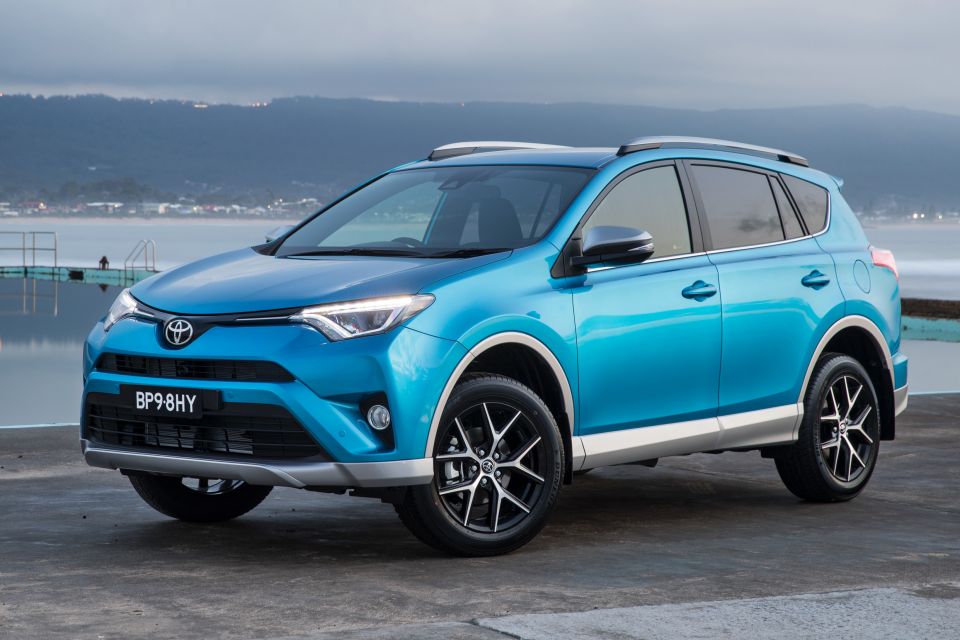
With the third-generation model’s release, the RAV4 was available in just one body style for the first time.
In Japan and the USA the fourth-gen RAV4 could be had with a hybrid drivetrain, although it didn’t make the journey to Australia.
With a boxier body and more upright design than before, it was the toughest-looking RAV yet, even though it lacked the off-road ability of its predecessors.
Thanks to diesel’s sudden fall from grace, this was the last generation to be offered with a selection of oil-burners.
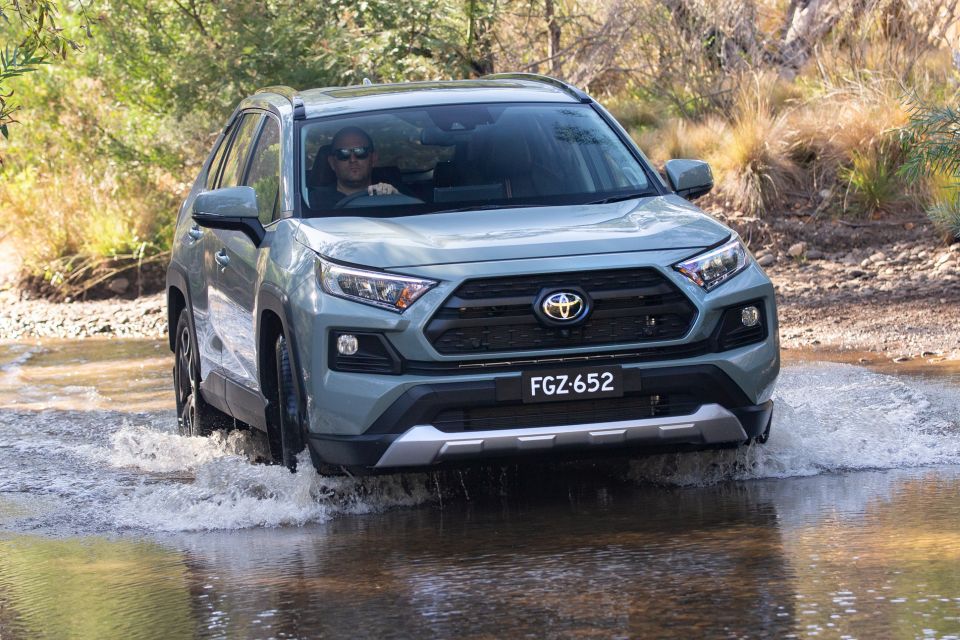
Some 26 years after the original was unveiled, the RAV4 has crossed the 10 million unit barrier.
Compared to the third- and fourth-generation models, the latest RAV4 has actually shrunk and is now just under 4.6m long. Don’t be fooled by that tough-looking body.
Locally the RAV4 is available with three drivetrains: a 2.0-litre four-cylinder with 127kW and 203Nm, a 2.5-litre four-pot with 152kW and 243Nm, and a 2.5-litre hybrid with either 160kW or 163kW.
In overseas markets there will be a 2.5-litre plug-in hybrid with 225kW. In addition to a 63km electric-only range, the plug-in hybrid is said to have a 100km/h sprint time of just 6.5 seconds.

Where expert car reviews meet expert car buying – CarExpert gives you trusted advice, personalised service and real savings on your next new car.
Derek Fung would love to tell you about his multiple degrees, but he's too busy writing up some news right now. In his spare time Derek loves chasing automotive rabbits down the hole. Based in New York, New York, Derek loves to travel and is very much a window not an aisle person.


Josh Nevett
2 Hours Ago


Max Davies
10 Hours Ago


Damion Smy
21 Hours Ago
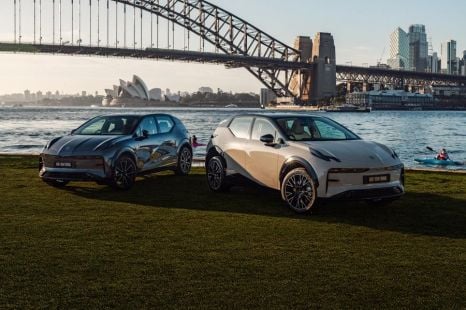

Max Davies
1 Day Ago


James Wong
2 Days Ago
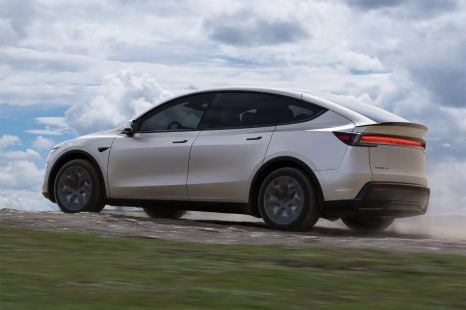

Derek Fung
2 Days Ago